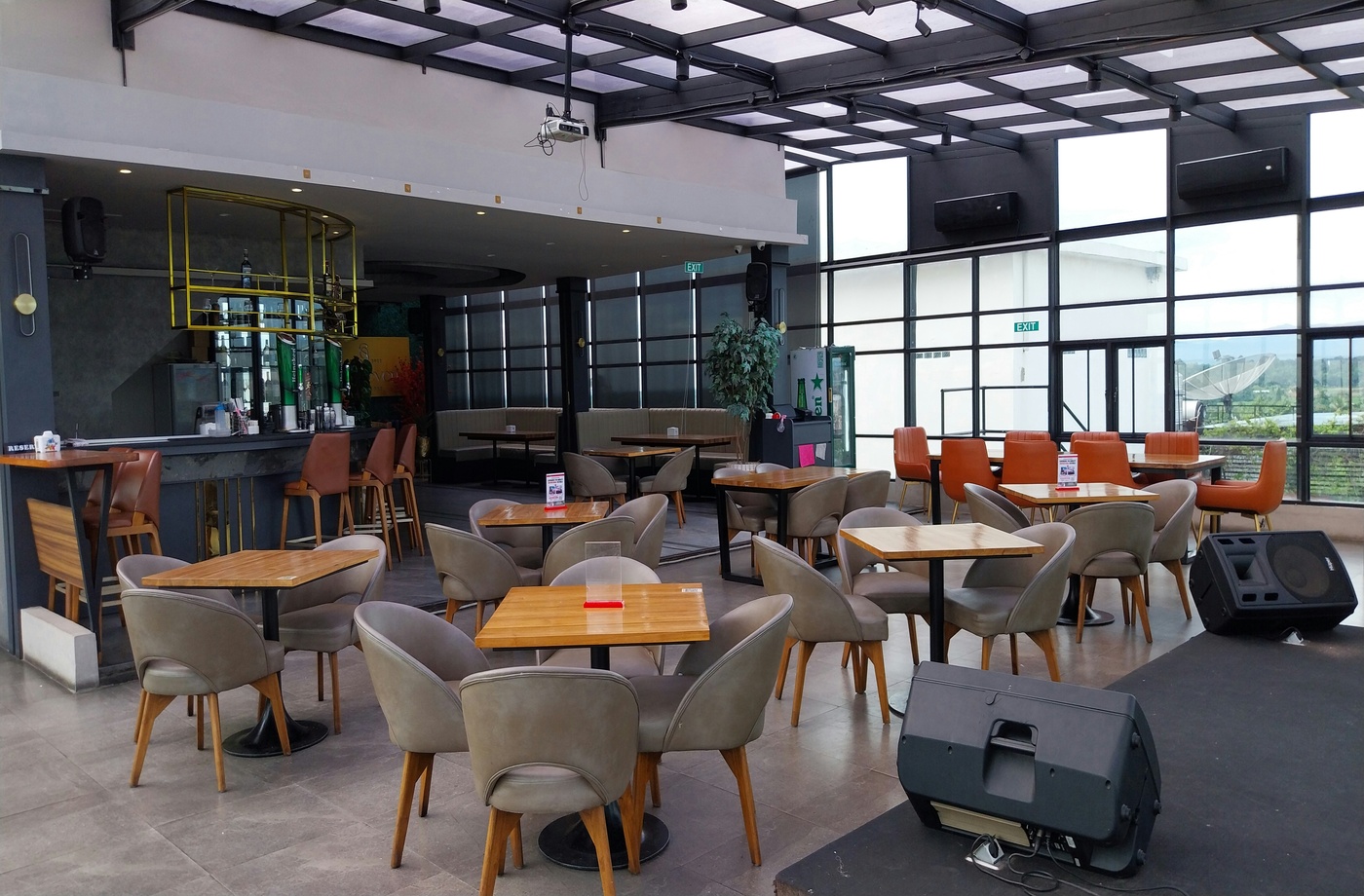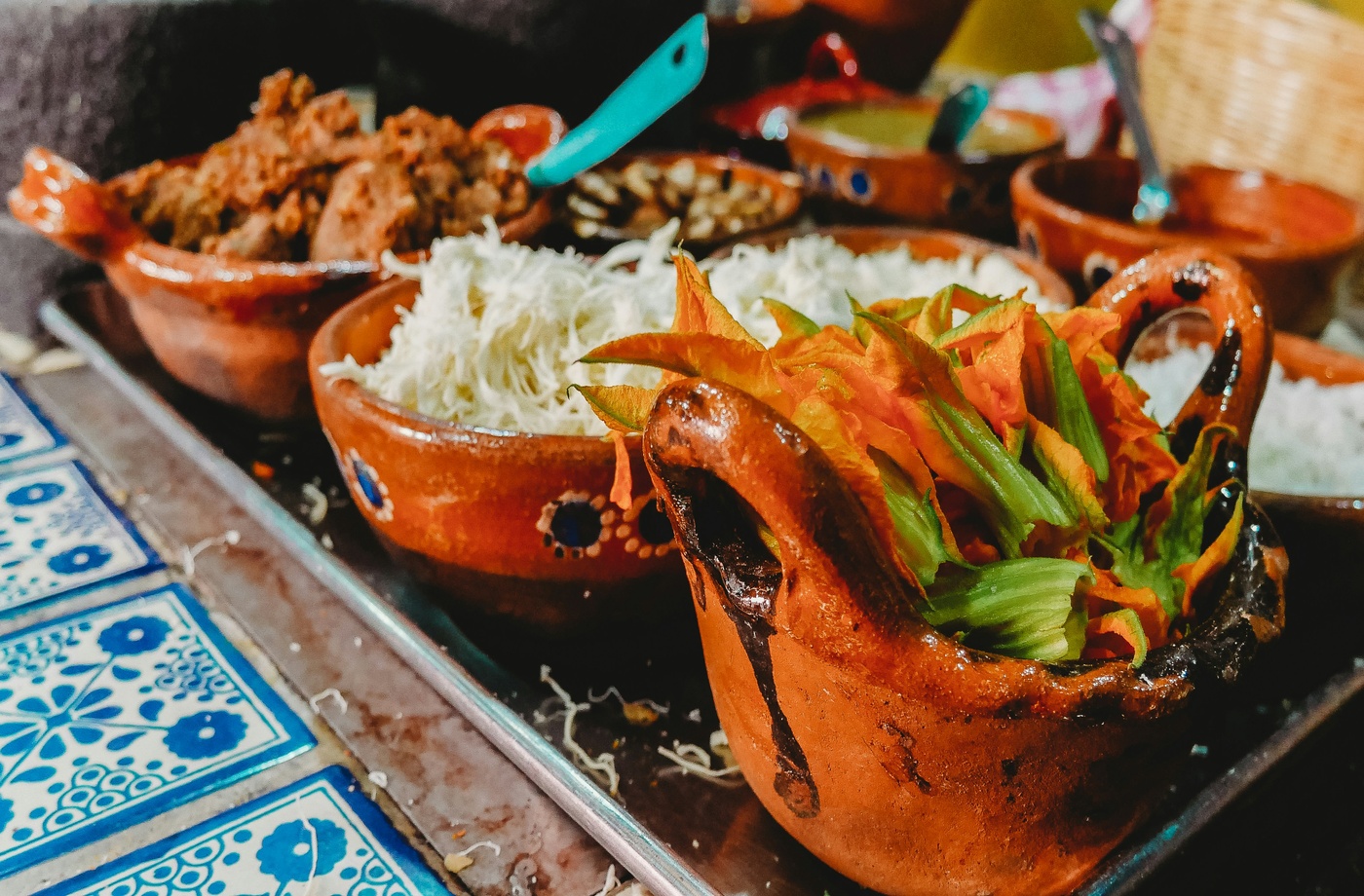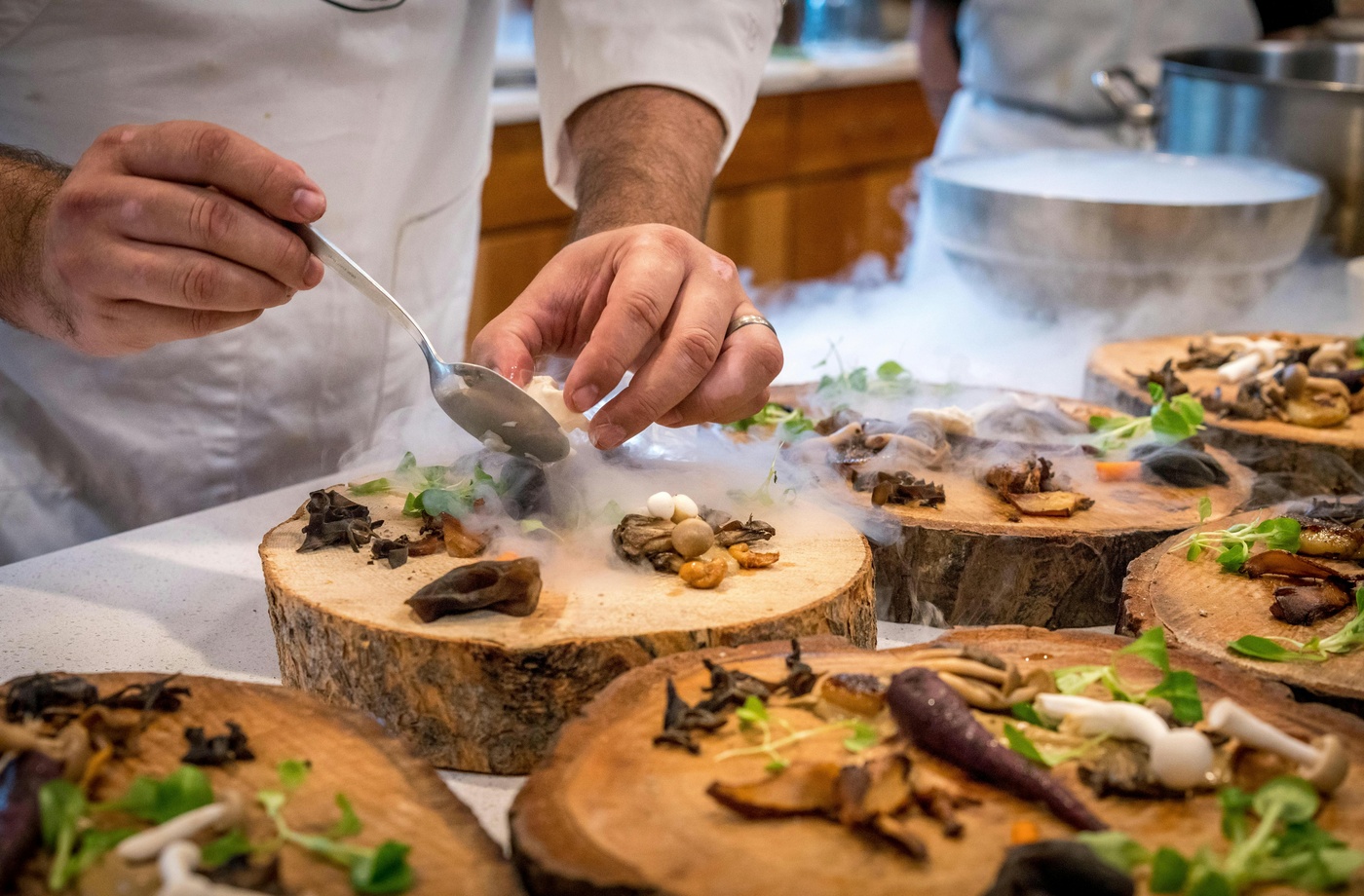When you sit down at a restaurant, you’re not just choosing what to eat—you’re being guided by a carefully crafted menu designed to influence your decisions. From font choices to pricing strategies, restaurant menus are built using proven psychological tactics to subtly encourage higher spending. Understanding these design elements can help you make more mindful, value-driven choices the next time you dine out.
Here’s how menu design works—and how to outsmart it without sacrificing satisfaction.
- The Power of Placement: Eyes Go Top-Right First
Menu engineers know that diners tend to read menus in a “golden triangle” pattern: top center, then top right, followed by top left. High-margin or premium items are typically placed in these spots to draw your attention.
Outsmart it: Don’t make your choice based on the first item you see. Take a full scan of the menu before committing.
- Fancy Descriptions Add to the Price Perception
Ever noticed that some dishes come with poetic descriptions like “farm-fresh, hand-crafted” or “drizzled with aged balsamic”? These adjectives aren’t just about taste—they’re there to justify higher prices and create emotional appeal.
Outsmart it: Focus on the core ingredients and portion sizes. Don’t let decorative wording convince you to overpay for a simple dish.
- Prices Without Dollar Signs Feel Smaller
Many menus remove dollar signs or even decimals ($15 becomes just 15) because it reduces the psychological impact of spending money. A 2009 Cornell study found diners spent significantly more when dollar signs were omitted.
Outsmart it: Mentally add back the dollar signs as you compare items. It can help you evaluate price more realistically.
- Anchoring High to Make Other Prices Seem “Reasonable”
Placing an expensive item at the top of the menu isn’t just for show—it makes the rest of the options look more affordable by comparison. This is known as “price anchoring.”
Outsmart it: Ignore the outlier and assess value based on portion, protein, and what’s included—not just relative cost.
- Combo Deals and Meal Bundles May Not Be Deals at All
That “value combo” might not save you much, especially if it includes extras you wouldn’t normally order. Restaurants often bundle items to increase the average ticket.
Outsmart it: Order à la carte when possible, or compare individual item prices before assuming the combo is cheaper.
- Highlighted or Boxed Items Are Meant to Direct You
Boxes, bold fonts, or shaded sections are visual cues meant to steer you toward specific items—usually high-margin ones.
Outsmart it: Just because something stands out doesn’t mean it’s the best value. Look at what’s not highlighted for hidden gems.
Want to Save Even More? Outsmart the Payment Too
Even if you sidestep the psychological traps on the menu, how you pay also matters. Before you check out, consider buying a digital gift card through Fluz for the exact amount of your meal. Fluz lets you earn cashback instantly at popular restaurants like Panera Bread, Red Lobster, or Blaze Pizza, adding even more value to your dining experience.
The Bottom Line
Restaurant menus are crafted to influence your spending—but once you know the tactics, you can enjoy eating out without falling for the tricks. Make intentional choices, question flashy formatting, and use tools like cashback apps to keep your dining dollars working for you.



